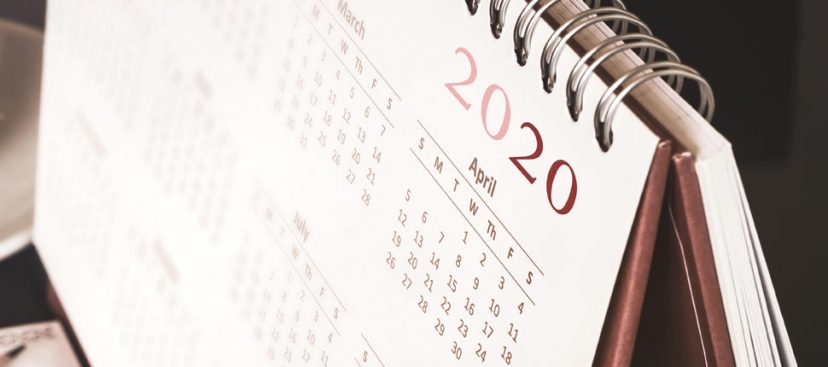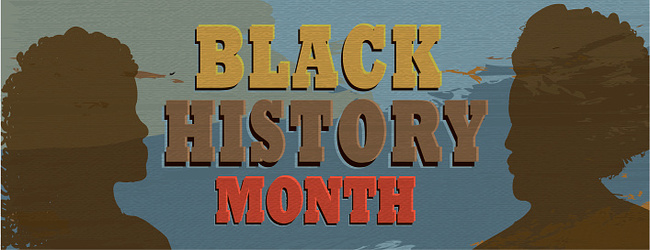While various forms of palindrome dates are fairly common, 02/02/2020 has the unique distinction of reading the same backward and forward when written out in eight digits in multiple date systems, according to University of Portland professor Aziz Inan.
“We are so lucky to have such a special palindrome date occurring in our lifetime because it’s so rare,” Inan told USA TODAY Saturday.
For starters, it’s an eight-digit palindrome: 02022020. Many palindrome dates are only symmetrical if you write the date with seven digits (1-10-2011) — or in some cases even fewer (9-10-19).
But even more rare, according to Inan, is that Sunday’s date is an international palindrome: It works whether you write the date as “Month/Day/Year” or “Day/Month/Year,” as many countries do.
Inan calls such dates “ubiquitous palindromes,” and there won’t be another one for 101 years. After that, you’ll have to wait until March 3, 3030.
According to Inan’s calculations, the last such palindrome date to occur was 11/11/1111 – more than 900 years ago.
For years, Inan has been crunching numbers using a basic calculator and a pad of paper to find unique patterns in dates.
“I advocate for these things because they’re so valuable for STEM education,” he said.
It’s an accessible kind of puzzle that he has used to engage students and get people talking about math.
And Inan sees puzzle everywhere – dates that form square roots (3/3/9), dates that make sequential numbers (11/12/13) and even his own name (if you write it in all caps, switch the vowels in “AZIZ” and rotate the Z’s to make N’s – “AZIZ” becomes “INAN”).
This article originally appeared on USA TODAY: Sunday’s date is a rare palindrome that hasn’t happened in over 900 years


